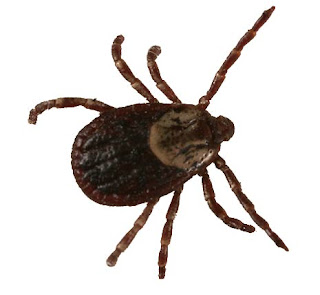Flip the Lip - Pet Oral Care
The Breath Test: When you sniff your pet's breath, is it particularly offensive? This may be an indication of dental disease and time to schedule an appointment.
Flip The Lip: Lift Your pet's lips and inspect the surface of their teeth. Teeth should be clean and free of tartar and the gums should be pink and not red or swollen. Tartar can lead to gingivitis, receding gums and tooth loss.
Changes in Behavior: Pawing at the face or mouth may indicate an issue. You may also notice changes in eating or chewing habits.
 |
| Ehlers Balancing Dental Diets |
Options For Home Dental Care
Oral Options - Dental diets (dry kibble is not enough), dental treats, dental toys and water additives can also contribute to your pet's overall health.
Tips to Brush Your Pet's Teeth
Pet’s should have their teeth brushed every 24 hours. That is how long it takes for plaque to begin to form. Plaque in turn hardens into tartar. Daily brushing will reduce plaque and dental cleanings needed to remove accumulated tartar.
Start by offering your pet a taste of veterinary toothpaste. Next, let them taste the toothpaste while running your fingers along the gums of the upper teeth. Repeat the process with the toothbrush as follows. Starting with the upper back teeth and angling the brush slightly up so the bristles get under the gum line, work from back to front making small circles along the gum line. It should take less than 30 seconds to brush your pet’s teeth. Do not try to brush the entire mouth at first. If all your pet lets you brush is the outside of the upper teeth, you are still addressing the most important area of periodontal disease - prevention. If your pet eventually allows you to brush most of his teeth, so much the better. Even with the best tooth brushing, some dogs and cats may still need an occasional professional cleaning, just like humans. By brushing your pets teeth daily and curtailing the amount of periodontal disease, you may reduce the frequency and involvement of dental cleanings and provide your pet with a healthier, sweeter smile.
Watch A Video Of Brix Having His Teeth Cleaned
Enjoy this video following Brix having his dental cleaning. The video starts with Brix visiting the pet nurse to have his pre anesthetic blood drawn, admitting with a Dr, the dental procedure, recovery, discharge from the hospital and education for follow up home care.
Dental Cleanings. Why is Anesthesia Needed?
Professional dental scaling includes scaling the surfaces of the teeth both above and below the gingival margin (gum line) with an ultrasonic scaler, followed by dental polishing. The most critical part of a dental scaling procedure is scaling the tooth surfaces that are within the gingival pocket (the subgingival space between the gum and the root), where periodontal disease is active. Because the patient cooperates, dental scaling of human teeth performed by a professional trained in the procedures can be completed successfully without anesthesia. However, access to the subgingival area of every tooth is impossible in an unanesthetized canine or feline patient. Removal of dental tartar on the visible surfaces of the teeth has little effect on a pet's health, and provides a false sense of accomplishment. The effect is purely cosmetic. Having an endotracheal tube in place prevents aspiration of material into the lungs and airway.
American Veterinary Dental College (AVDC)
 |
| 176 River Road Andover MA 01810 www.riverroadveterinaryhospital.com |









